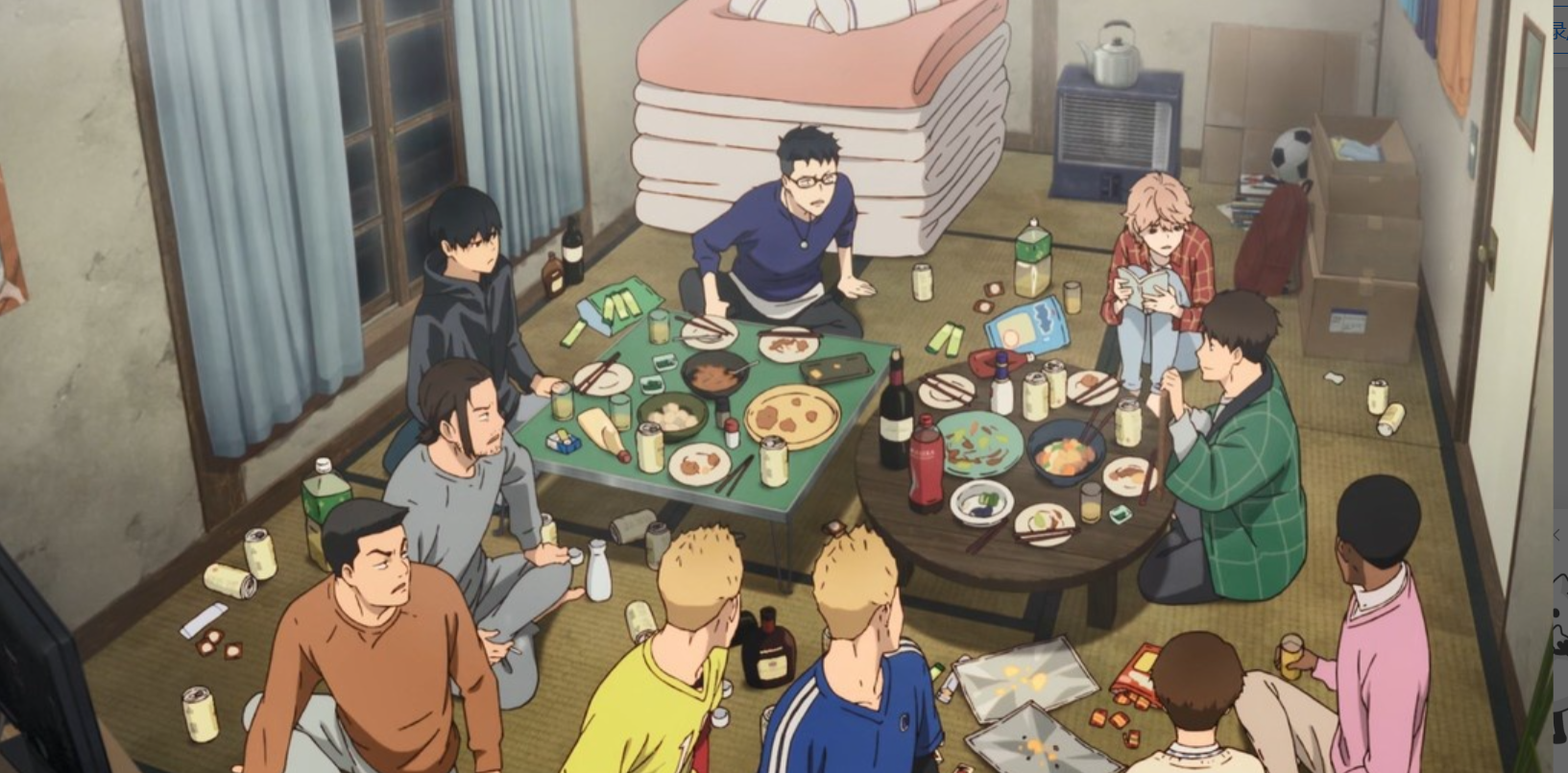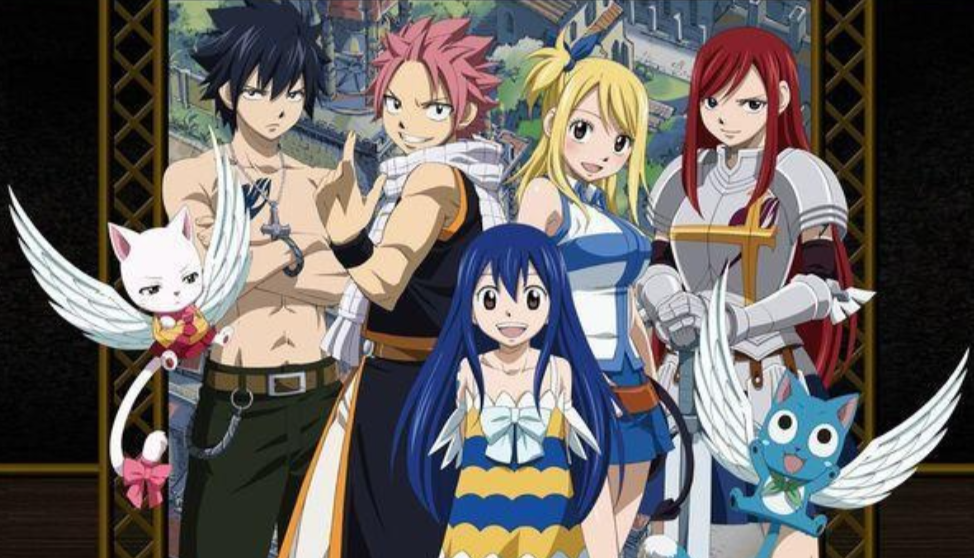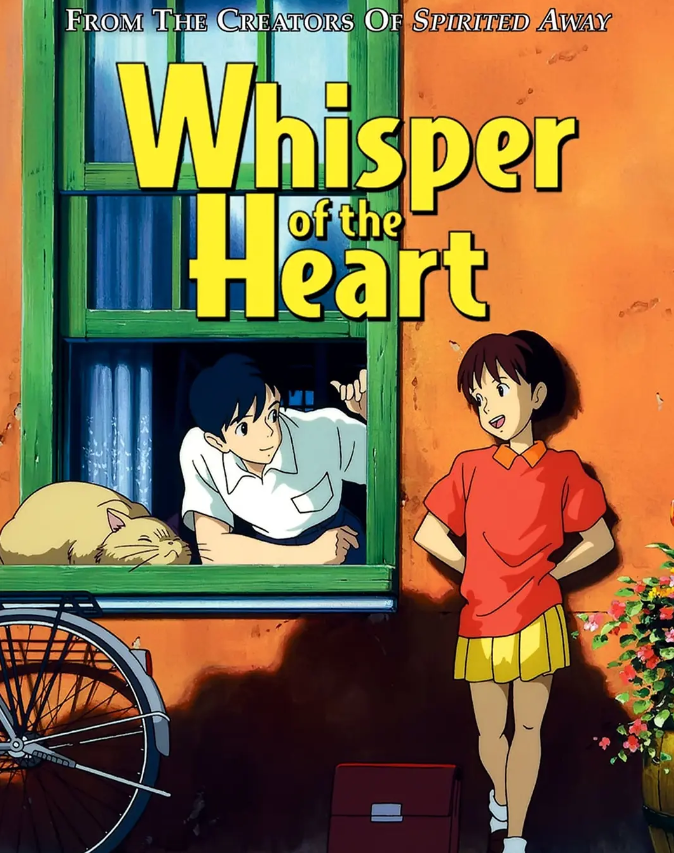
Strong wind blows
The animation “A Strong Wind” has entered the final stage. The solid plot and production have touched the audience countless times. Febri spoke with Kazuya Nomura, the curator of Febri, about how the animation changed from the original novel, what it means to use material from the ground, and how Nomura monitors the characters and Settings he loves. I hope that anyone interested in this film can learn something from it. Before reading “A Strong Wind,” Mr. Nomura did not watch Hakone from beginning to end. When he was a child, Nomura would always go to his friends’ houses or visit relatives’ houses in the middle of Hakone Post. But when he grew up, he was busy with work and had no time to enjoy Hakone Post. Although he had heard and remembered many names of powerful universities in Hakone Post, Nomura was not familiar with players, rules and organization of events. But because of this, it also allows Nomura to read “In a Strong Wind” novel, can always be fresh. As a student, Nomura practiced baseball, judo, Kendo and other sports, as well as running and throwing up in the morning. Therefore, the initial unfamiliarity with Hakone did not affect Nomura’s understanding of the original athletes’ passion for sports and their desire to escape from the community due to hard work. But Nomura believes that in The Wind of the Wind, the characters’ mood changes and growth are the most important foundation of the work, and as long as they have this, Nomura believes its power as a watchdog can be exercised.
First of all, in order to make the series constitute Heian Hofei style and atmosphere can be soaked into the animation, Nomura proposed to do a thorough group play, although do ten roles of the group play animation work burden is quite heavy, but Nomura did not shake. In a story that Nomura sees as a challenge to Hakone, you can’t have a team of 10 characters you want to help. So even though the original book already had a lot of psychological descriptions of individual characters, Nomura chose to dig deeper and expand each character’s story. Comparing the original work with the animation, it is also obvious that the growth and awakening of each character in the animation is slower, or it is more difficult for the characters in the animation to unite together. Because of the large number of monologues in the original, they made the mood changes of the characters easy to understand, but Nomura wanted to make a group play without monologues, so it had to change the structure of the monologues. Finally, the animation becomes a single story based on the plot of the original work, with each character as the protagonist. Then, the influence of the individual story spreads to other characters. Then, the positive and negative sides of these effects are integrated to promote the story steadily. In particular, the character of Ah Go is more negative in the animation than in the original because he is influenced by the growth of other members of Cheongjujang.
In the first quarter of the anime, the characters of Takesako, other than Ago, slowly unite over the course of a season and work in the same direction. Nomura alone left Ego as the final piece of the team’s puzzle until the second quarter, so that “A Strong Wind” could be both a group drama and an anime featuring Ego. In addition to the growth of the characters, the long-distance race in the film is also a big watch. With the help of the Kanto Students Land Sports League, the production team went to the elite schools that recorded, qualified and ran long-distance races, and learned about the internal structure of the relay cars and the operation of the races. However, it is not easy to collect materials. The recording of running around the track will be easy to collect outdoor scenes. However, the qualifying race and the main race course of Hakone Post are too long; especially the total length of Hakone Post race is 217.1 km. Of course, it is necessary to use the material on the spot. The unique tension of the scene and the expressions and gestures of the contestants can only be felt on the spot, and Nomura will try to bring these experiences back to the animation as much as possible. For example, many ordinary people do not know how to warm up and stretch, only through field investigation can understand. The scene of runners slapping their muscles with their hands to relax them before a race also left a deep impression on Nomura. With 500 people pounding their muscles together, Nomura believes the sound is a key factor in enhancing the sense of presence. Since the time frame was around Hakone qualifiers, Nomura did not communicate with current Hakone racers, but also with former racers and long-distance college athletes. And Nomura asked the long-distance runner to come to the recording studio and take the voice artists around the studio. This is Nomura to let the voice actors experience the feeling of running, to provide the voice actors acting reference. And Nomura himself took part in the run, but couldn’t catch up with the leading college student. Nomura laughs as he recalls running limp like a prince and asking the leading college student if he was giving it his all, only to be told he wasn’t. But Nomura didn’t take the prince’s running form from its own It was original. The reason why the prince’s posture is designed in this way is a reference to the posture of the prince reading the comic book. The prince’s back is hunched while reading the comic book, and the hand movements of the prince holding the book are adopted into the prince’s running posture. In addition to his posture, Nomura also asked the prince to run in a way that made him look like a dinosaur. Except for the prince, the other characters only have two running positions before and after growth, which is not enough for the prince, so he designed several running positions for him.


